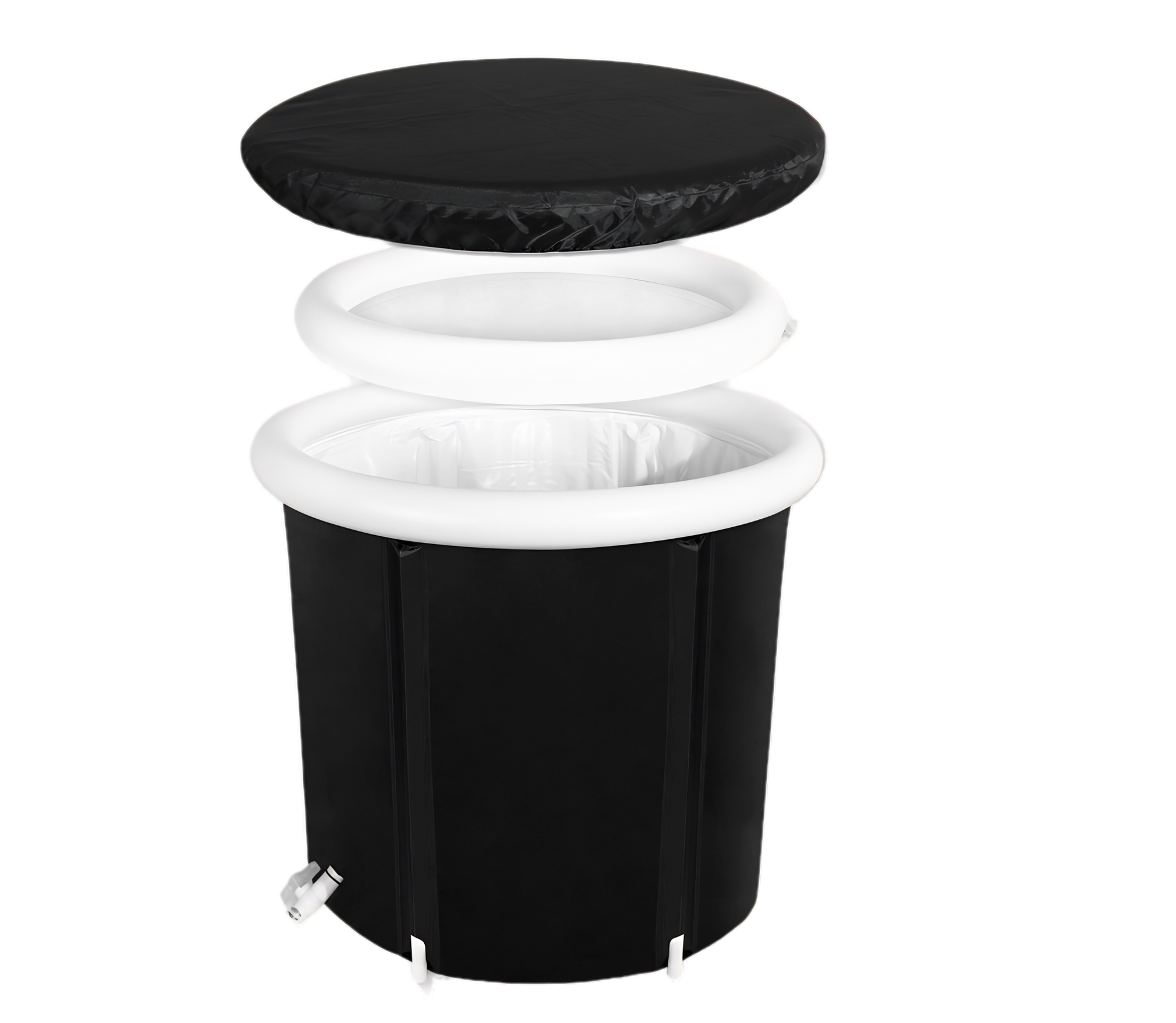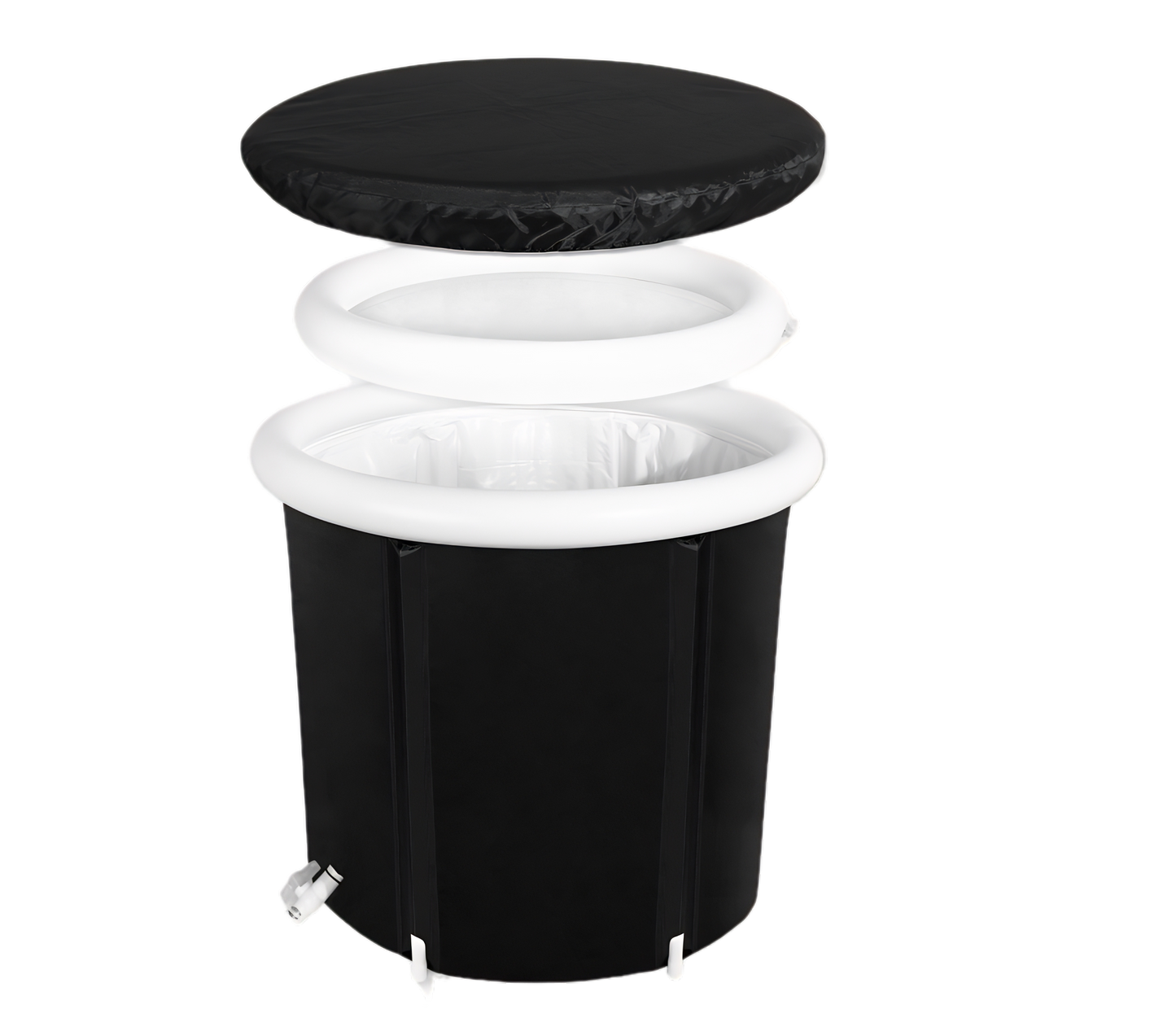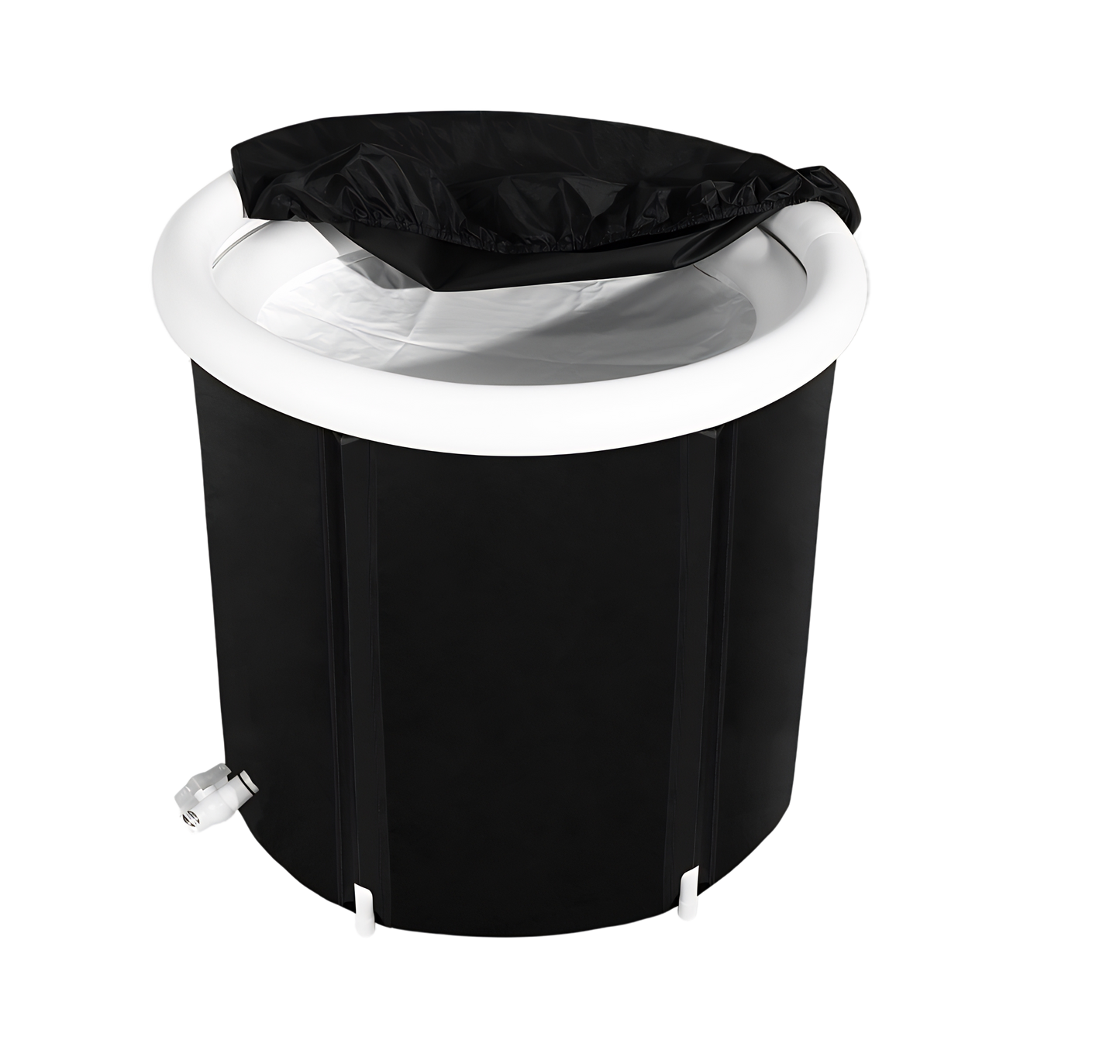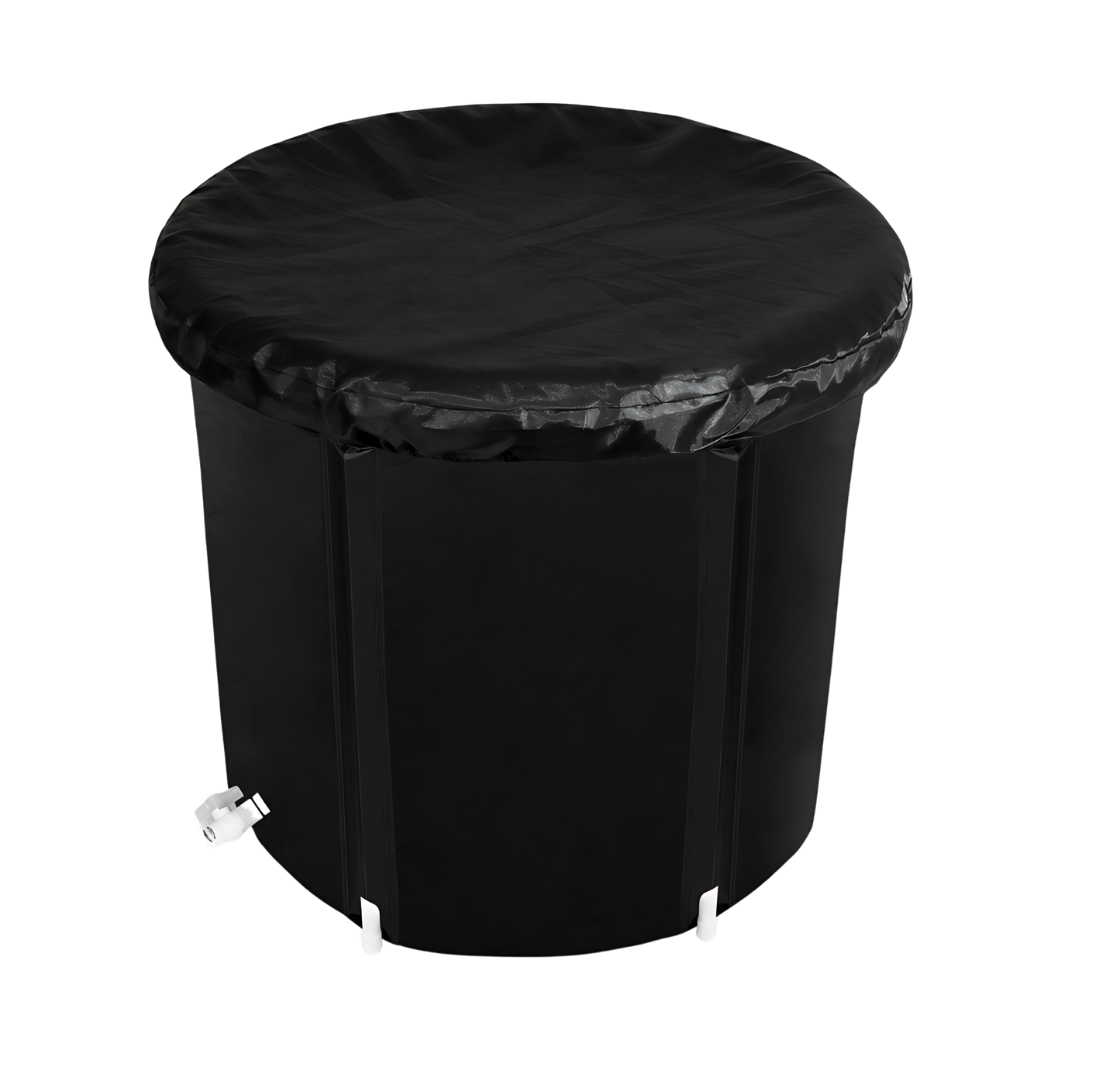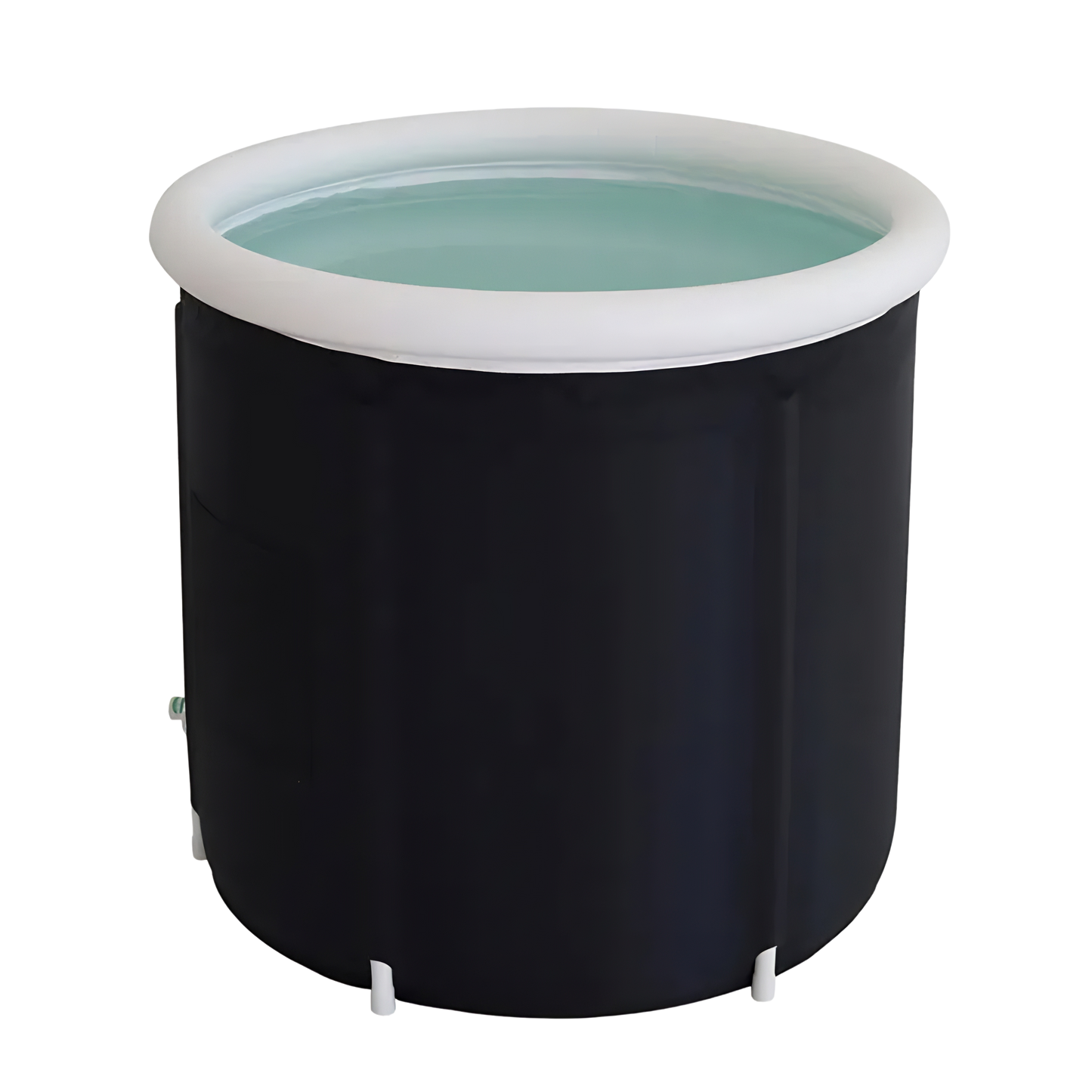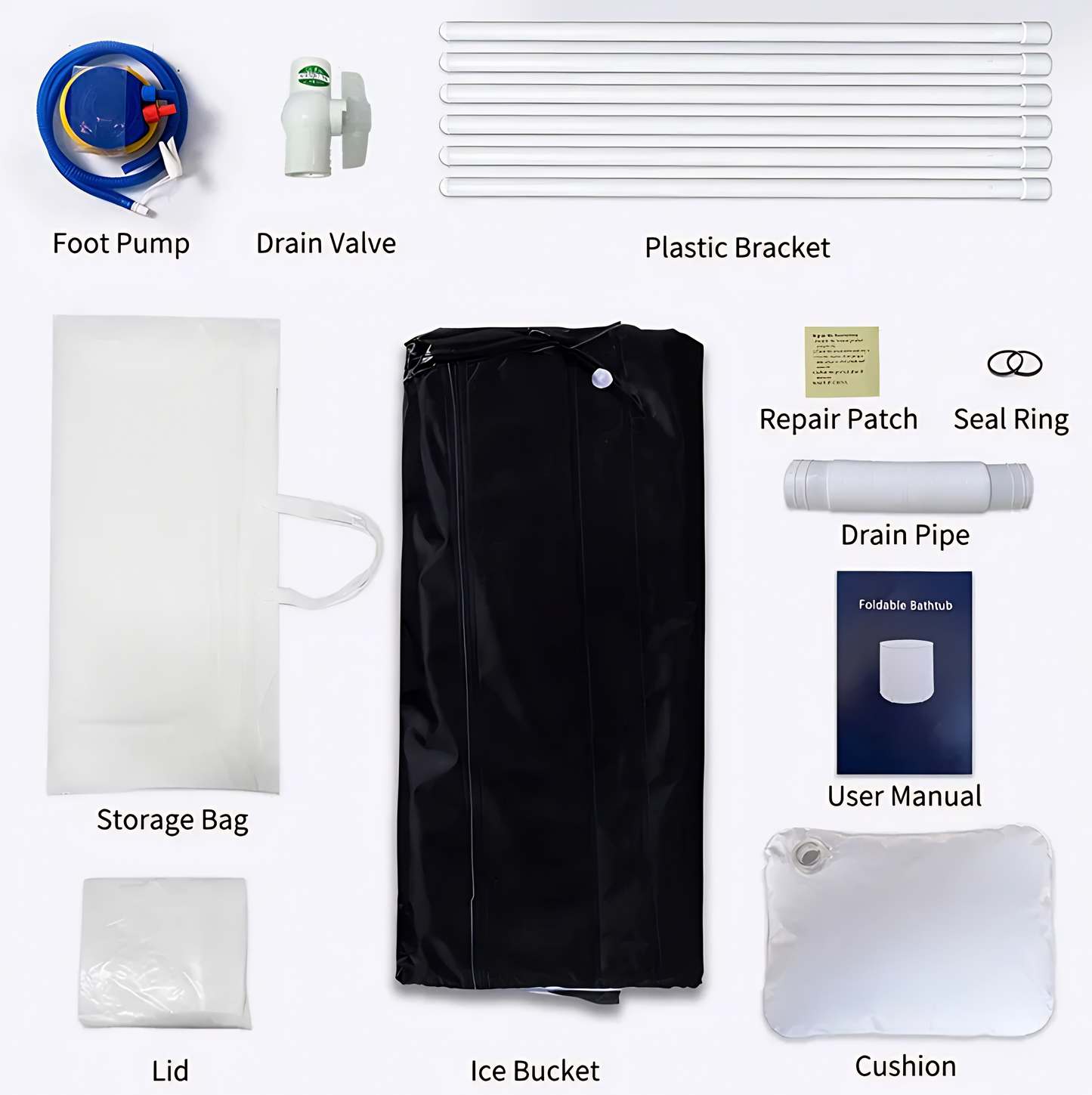Key Takeaways
- Portable ice baths are increasingly popular in various sports for efficient recovery.
- The Australian Open's demanding conditions necessitate advanced recovery methods.
- Current recovery strategies at the Open include a mix of traditional and innovative techniques.
- Logistical and practical considerations impact the adoption of new recovery technologies like portable ice baths.
- Experts acknowledge the importance of cold therapy, highlighting the need for personalized athlete recovery plans.
- The future of recovery at major tournaments like the Australian Open may see greater integration of portable ice baths.
Are Portable Ice Baths Used at the Australian Open?
Determining the use of portable ice baths at the Australian Open requires insight into the players' recovery routines and equipment provided by tournament organizers. While there is a growing trend in utilizing portable ice baths for their convenience and efficiency, specific adoption at the Open is not publicly verified. Athletes and their coaching teams often have customized recovery processes that may include various forms of cryotherapy, but the extent to which portable versions are utilized remains a topic for further exploration.
The Demand for Advanced Recovery Methods at the Australian Open
The Australian Open's demanding schedule in extreme summer conditions necessitates the use of advanced recovery methods. Tennis professionals need to quickly recuperate from the exertion of one match to be ready for the next. This rapid recovery is crucial, especially in a Grand Slam setting, where the difference between victory and defeat can hinge on a player's ability to bounce back. Advanced recovery options, including static ice baths and compression therapy, are commonplace, but portable ice baths could offer a flexible and immediate solution to meet the high demands of the tournament.
The Rise of Portable Ice Baths in Sports
Portable ice baths are increasingly recognized across various sports disciplines for their role in facilitating rapid recovery. Their appeal lies in their adaptability and ease of use, allowing athletes to initiate recovery protocols immediately after exertion. In tennis, this can be particularly advantageous between matches. While traditionally associated with team sports, the potential for portable ice baths in individual sports like tennis is significant, with players looking for quick, effective recovery options that can be personalized to their schedule and physical needs.
Recovery Strategies at the Australian Open
The Australian Open's recovery strategies are a blend of time-tested practices and cutting-edge technology. While static ice baths have been a long-standing feature in the players' recovery, the use of portable ice baths is still gaining ground. The tournament's medical and fitness teams are tasked with providing the best possible recovery solutions, which may include a variety of modalities ranging from massage therapy to cold water immersion. The integration of portable ice baths could be a logical next step, offering players the flexibility to manage their recovery at their convenience, an essential factor in the high-stress environment of a Grand Slam.
The Challenges of Implementing New Recovery Technologies
Implementing new recovery technologies like portable ice baths at an event like the Australian Open involves navigating logistical and practical challenges. Space constraints, the need for consistent water temperature management, and adapting to each athlete's personalized recovery protocol pose significant considerations. Additionally, integrating new technologies into a high-pressure tournament environment requires careful planning to ensure they complement, rather than disrupt, existing recovery strategies.
Expert Opinions on Cold Therapy in Professional Tennis
Experts at Physiologix Therapy Solutions, who have experience working at the Australian Tennis Open, emphasize the importance of comprehensive player care, which includes injury prevention and recovery. While specific mentions of portable ice baths are not detailed, the overall approach to player recovery at the Open involves a mix of treatment techniques tailored to each athlete's needs, including managing long-term issues and immediate injuries. The physio team's role includes not only treating injuries but also monitoring players' general conditioning, nutrition, podiatry, and psychological health.
Recovery processes, as outlined by Physiologix, involve recovery baths where players alternate between cold and hot plunge pools to help flush their legs, suggesting the importance of temperature-controlled treatments in player recovery strategies. This holistic approach to athlete care at the Australian Open indicates an openness to integrating various effective recovery methods, possibly including portable ice baths, as part of the athletes' regimen.
The Future of Recovery at the Australian Open
As sports science evolves, so too do the recovery strategies at major tournaments like the Australian Open. The potential for portable ice baths to become a more prominent feature in the future is significant, especially as athletes and coaches seek out the most effective, flexible recovery solutions. Advances in technology and a growing body of research could see portable ice baths moving from the sidelines to the forefront of recovery practices, potentially revolutionizing how athletes recuperate in the high-stakes world of professional tennis.
Summary
This article explored the use and potential of portable ice baths at the Australian Open, delving into the demands of advanced recovery methods in tennis, the rising popularity of portable ice baths in sports, recovery strategies employed at the Australian Open, challenges in implementing new technologies, and expert opinions on cold therapy in professional tennis. While the specific use of portable ice baths at the Australian Open isn't explicitly documented, the evolving nature of sports recovery and the known benefits of cold therapy suggest they could be a valuable addition to athletes' recovery strategies.

